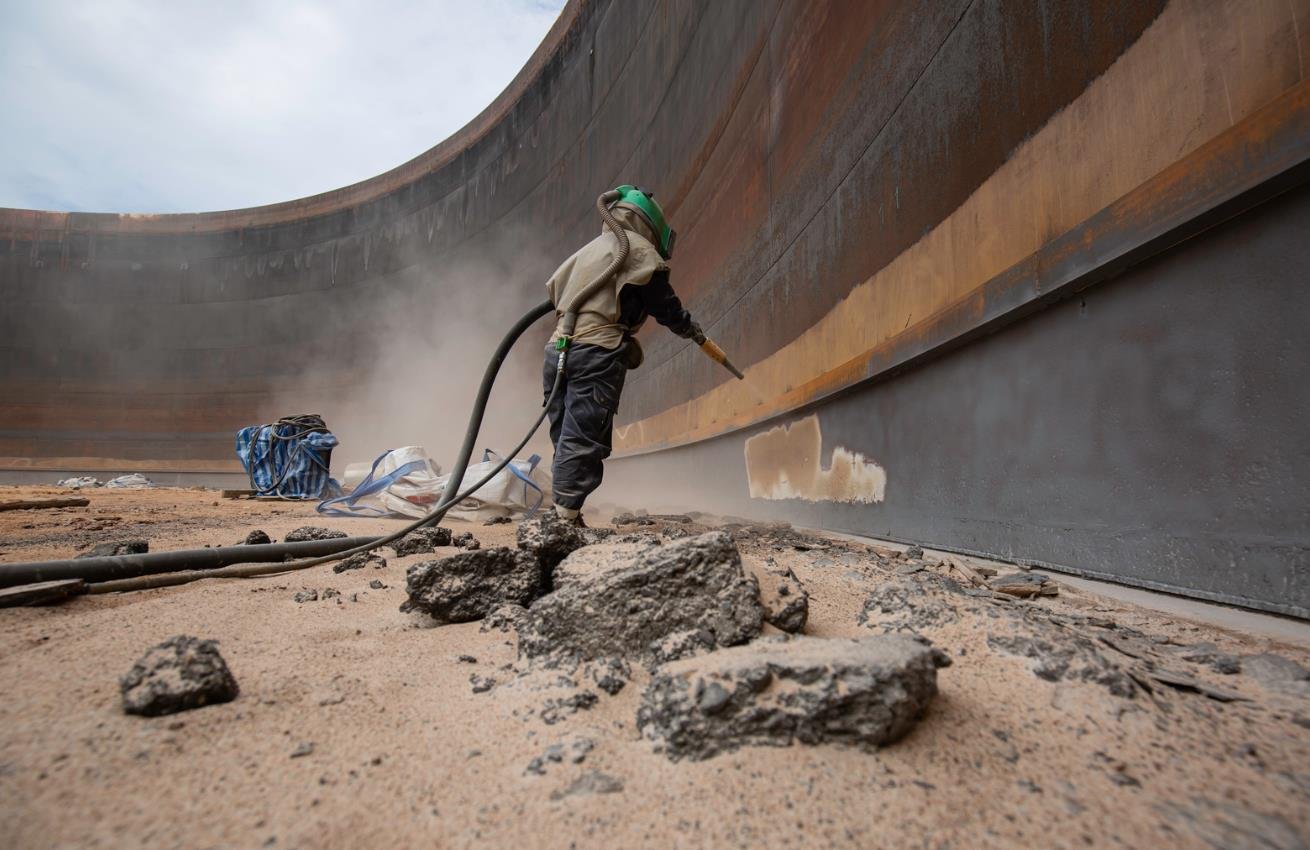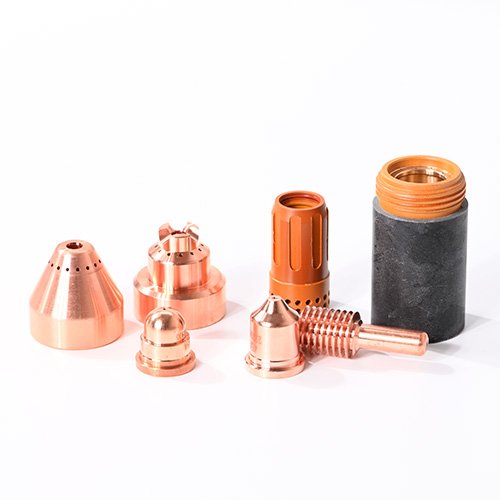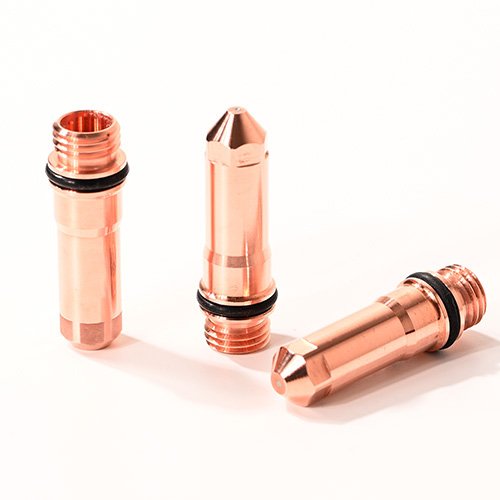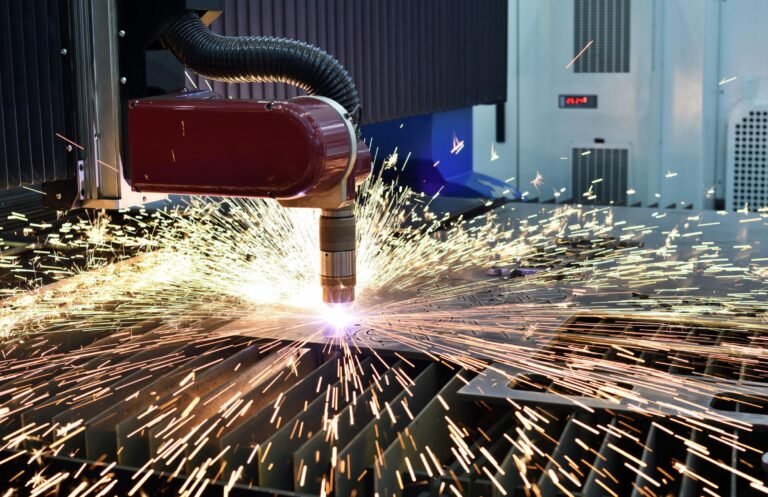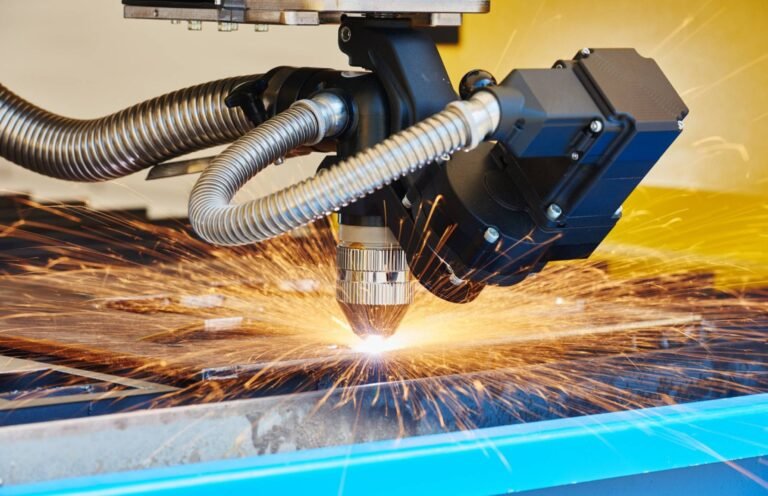A Tale of Two Techniques: Laser-based Cleaning vs Grit Blasting

Surface cleaning plays a crucial role in diverse industries, such as automotive, aerospace, construction, and manufacturing. With laser cleaning and sandblasting as popular methods, selecting the ideal technique for a specific application is vital for achieving top-notch results, minimizing damage, and managing costs. This article delves into a comprehensive comparison of these two methods, examining their respective pros and cons.
II. Laser Cleaning
A. Description and Working Principle
Laser cleaning employs a laser beam for environmentally friendly and non-contact removal of contaminants, rust, and coatings from various material surfaces. The cleaning machine entails a laser source, control unit, and optical system. The high-energy plasma plume generated by the laser interaction with the surface material vaporizes and removes impurities. Laser cleaning offers precision, reduced base material damage, and minimal environmental impact.
B. Advantages
- Precision and Control: Laser cleaning allows superior control for removing contaminants, minimizing base material damage and waste.
- Environmentally Friendly: Compared to sandblasting, laser cleaning is eco-friendlier, as it doesn’t require hazardous waste disposal and management.
- Minimal Base Material Damage: Suited for delicate surfaces, laser cleaning’s non-contact nature ensures minimal damage.
- Non-Contact Cleaning Process: With no direct contact, laser cleaning reduces risks of mechanical stress, deformation, or damage.
- Low Maintenance and Consumable Costs: Minimal maintenance and zero consumables contribute to lower long-term operational costs.
C. Disadvantages
- Initial Equipment Cost: A high initial investment may deter some potential users.
- Laser Safety Concerns: Eye injuries, burns, and fire risks necessitate proper training and strict safety protocols.
- Surface Finish May Require Additional Polishing: Post-processing may be needed to achieve the desired result.
- Limited Effectiveness: Laser cleaning works best only on specific materials and impurities.
III. Sandblasting
A. Description and Working Principle
Sandblasting, or abrasive blasting, uses high-velocity abrasive materials for surface cleaning. Devices range from small handheld units to large industrial machines, depending on the application requirements.
B. Advantages
- Fast and Efficient: Sandblasting effectively removes impurities from various materials, ideal for large-scale applications.
- Effective on Various Material Types: Sandblasting is versatile, with applications on metal, wood, concrete, and glass.
- Variety of Abrasive Media: The use of diverse abrasive materials allows customization of the cleaning process.
- Large and Complex Surface Compatibility: Equipment accommodates wide-ranging industrial cleaning applications.
C. Disadvantages
- Surface Damage and Material Waste: Sandblasting can compromise structural integrity and shorten the lifespan of treated components.
- Noise and Dust Pollution: Significant pollution poses health risks, requiring containment and personal protective equipment (PPE).
- Health and Safety Concerns: Respiratory issues, hearing damage, and eye injuries demand strict safety guidelines and PPE.
- Disposal and Management of Abrasive Media: Proper handling is necessary to minimize environmental impact.
IV. Comparing Laser Cleaning and Sandblasting
A. Efficacy and Application Specificity
Laser cleaning suits delicate surfaces and intricate components, while sandblasting excels in large-scale and heavy-duty projects.
B. Environmental and Safety Concerns
Laser cleaning is usually more environmentally friendly and poses fewer hazards. However, both methods require respective precautions.
C. Investment Costs and Long-term Maintenance
Although the initial investment for laser cleaning machines can be high, long-term maintenance and consumable costs are often lower compared to sandblasting.
Choosing the correct cleaning method is essential for optimum results, minimal damage, and cost control. Laser cleaning has emerged as an alternative to sandblasting in certain applications, particularly those requiring precision and minimal material damage. However, sandblasting remains a viable option for larger-scale and heavy-duty tasks. Understanding the unique features and limitations of each method and the specific application requirements is crucial for making the best choice.

